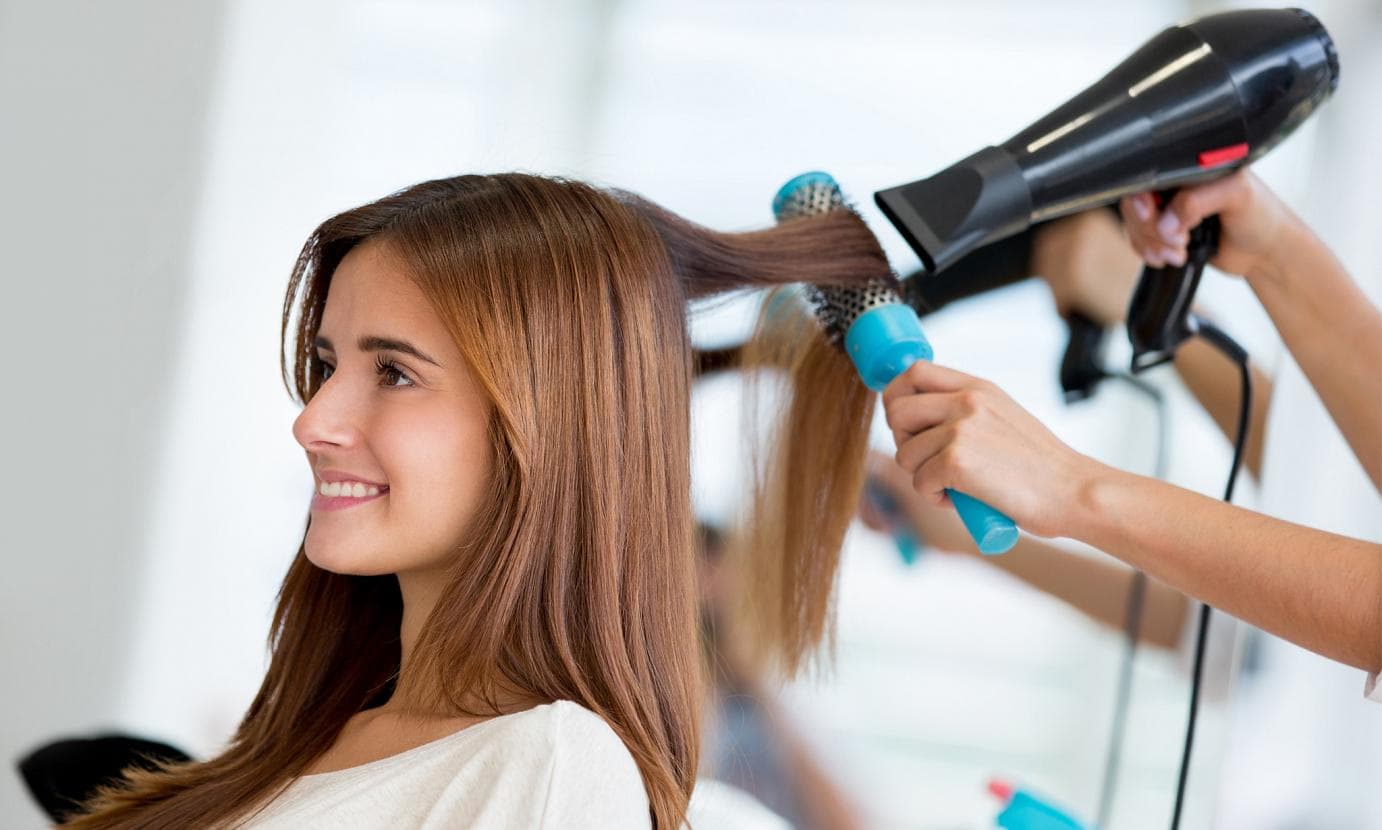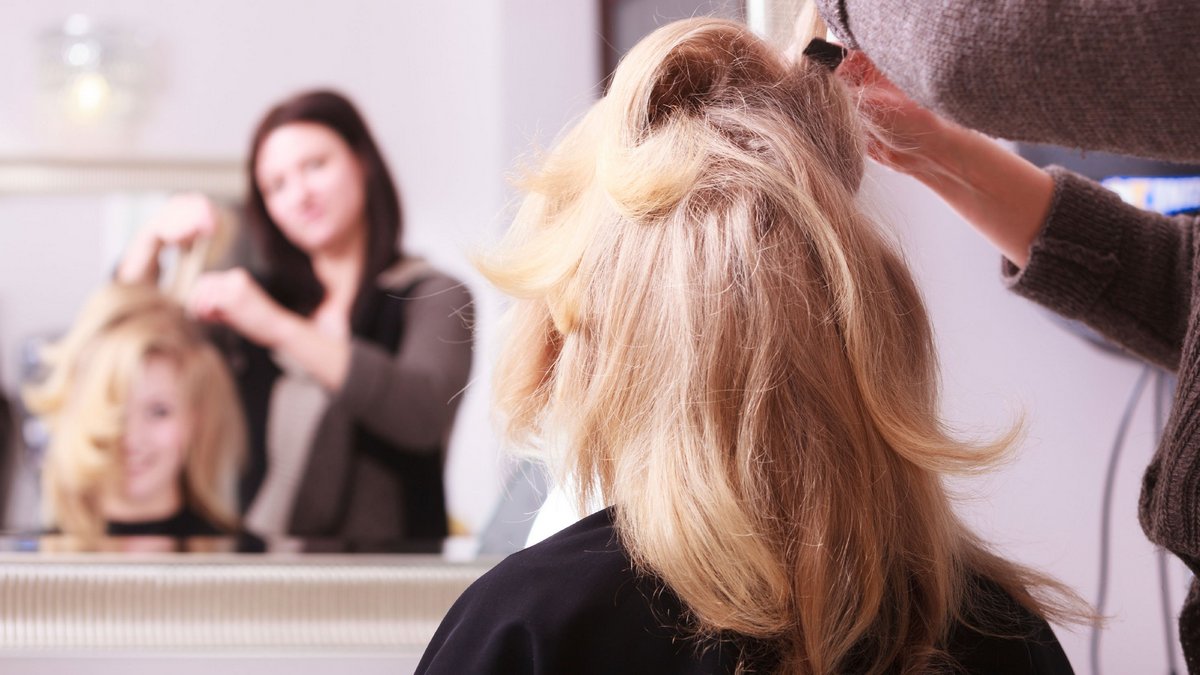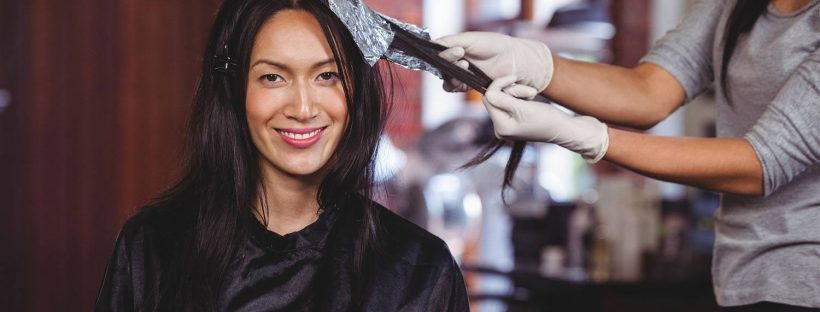For us to fulfill our desired hairstyle, we must pick our hairstylist first. Hairstylists are trained professionals who rescue us from having a bad hair day. They train well to help us-clients achieve the look we longed for. Is their job that easy?
A hairstylist’s job is a lot. It requires them to be:
Excellent Consultant
The most important part to create the perfect style being pictured by both the client and the hair stylist is for the later to assess and analyze the client’s hair thoroughly to be able to have a basis or reference in creating that satisfying finished look. These vital data includes but not limited to:
- Client’s face shape- to be able to imagine the suited possible outcome.
- Client’s present hair condition. Inspecting the hair from root to tip.
- Client’s daily hair care routine- includes the shampoo and or condition being used and the frequency of use, hair creams applied and others.
- Client’s past hair treatments and allergies
- Information regarding the client’s activity which tends to expose his/her hair around moist, dirt and heat.
Attentive Listener

- Different clientele (women, men, kids) + different personalities = different hair wants and need.
- To be able to meet at a point – reach the client’s expectation at the same time having the feeling of satisfaction for a job well done, a hairstylist must have the ears to listen in respect to client’s hair preferences, hair problems, and needs or in some cases hair emergencies.
Experienced and Skilled
- Shampooing, Cutting, Coloring -These are the basic skills that are learned, practiced and perfected by a hairstylist for you (as a valued client) to pull off a hairstyle that is “flaunt worthy”.
Shampooing– mainly to clean the hair by removing dirt, grease, sweat, and others, leaving the hair ready for blow-drying, set for cutting or prepared for treatment.
Steps in Shampooing are as follows:
- Ensure client to wear proper protective equipment.
- Detangle and double-check hair and scalp to come up with the appropriate product to be used.
- Ask the client to comfortably lean back into the washbasin. Remove any hair from the face, if possible ask them to remove accessories such as glasses and jewellery.
- Run the water, check its temperature. Once set, apply water to the client’s scalp. Start on the front hairline, be careful not to wet the client’s face.
- Dispense the right amount of shampoo, distribute it evenly throughout the hair.
- When hair is ready for rinsing, turn the water back on, check water temperature with the client and from the front hairline, remove the shampoo. Rinse thoroughly. Don’t forget to squeeze out excess water
- Wrap the towel around the hair and it is all set.
Cutting– may vary according to gender and face shape. Here are some tips on how to style your hair feel free to read down below:
a) Types of Hair Style for Men
- For Oval-shaped Face – Try the classic short back and side and slightly longer on the top. The top must be significantly longer to create some volume and angles. Going clean-shave is also recommended
- For Square-shaped Face – Try the classic, neat haircut. This haircut emphasizes your masculinity
- For Rectangle-shaped face – Try a well-proportioned style that doesn’t take the sides too short or leave too much length on top.
- For Round-shaped Face – Try pompadour or a flat top hairstyle. This style adds structure to your face.
- For Diamond-shaped Face – Try the hairstyles that add width at the forehead and chin area.
- For Heart-shaped Face – Try mid-length and long hairstyles that are kept reasonably thin and light. Avoid tight cuts, as these will further narrow the appearance of your chin and the width of your forehead.
- For Triangle-Shaped Face – Try to opt for longer, nose-length haircuts with fuller sides. It is also best for you to clean-shave.
b) Types of Hairstyle for Woman
- For Rectangle-shaped Face – Try having waves or curls as it will add horizontal volume and soften sharp angles of your face.
- For Oval-shaped Face – try opting for minimal layers or style with waves or curls
- For Square-shaped Face – try a side-parted style or layered bob. Side-swept bangs will also be a good choice.
- For Heart-shaped Face – Try side-parted pixie cut with a textured end.
- For Diamond-shaped Face – Try medium or long layered cut with tousled waves.
- For Round-shaped Face – Try opting for a long, staggered layer that starts around your jawline.
- For Triangle-shaped Face – Try the choppy pixie cut. Short, side-swept bangs will also be a good addition
- For Rectangle-shaped Face – Try layered cuts, waves or curls
c) Types of Hairstyle for Kids
- For Round-shaped Face: Keep the hair long- ideally below the chin, for distraction in a round face, place part of kid’s hair at the side to make the face look narrow. Avoid bangs for this hairstyle type as the face appears rounder.
- For Oval-shaped face: Can wear any hairstyle. May add layers to give the hair some depth impression or try having textured bangs which is lighter, adding lesser volume to an oval-shaped face.
- For Heart-shaped face: Exposing a prominent jawline by cutting hair to chin to emphasize the child’s features. Chin length bob is a great recommendation for a heart-shaped face.
Hair coloring– to add life to hair, Hairstylist, masters a lot of hair coloring techniques. Hair coloring is more common in women, as they love to have a new look now and then.
Different hair coloring techniques for women’s hair that are on trend today are as follows:
- Ombré- dramatic color fade uses natural hair color at the roots and blends into the chosen color at the end of the hair.
- Ombré Highlights- a subtler option where the faded color technique is applied to small sections of hair.
- Balayage- lighter color is placed directly onto the tip of the hair then feathered upward to the mid part.
- Reverse Balayage- Instead of starting with the darker color as base, it starts with lighter color then fades to dark.
- Sombré- Subtler version of ombré that fades between two colors that are close to tone.
- Dip-dyed- two extreme colors with little to no mid-tone or gradient in between.
- Highlights- sections of hair are dyed with a lighter color
- Baby lights and Ribbon highlights- Baby lights are thin highlights placed at the roots and around edges of the face while ribbon highlights are placed into hair lengths.
- Lowlights- deepens hair color by adding selected strands of darker shades
- Color melt- transition between two colors
- Ecaille- creates a soft blend between golds and chocolates throughout the hair.
Flexible Knowledge

- In and other aspects of hair business, everything that has to be done to obtain customer satisfaction even the minute details is important for a hairstylist. After all, it is not only a profession but also a business. These details includes but not limited to:
- Hair treatments, Up-to-date hairstyle trends, and styling methods, hair care products, and their benefits
- Other beauty services such as makeup, manicure, pedicure, waxing, facials and even massages.
- Managing bookings, welcoming clients accordingly, proper attitude towards client, planning and execute strategies in marketing the services and other products at the same time keeping the work environment safe and clean and conducive for working.
See how tough this job is? It’s not only the client and the client’s hair that is given focus but also the minute details as well. That’s why when I have my salon visit, I tend to give them tips and or some small simple gifts as a token of appreciation especially so if I’m very happy with the results.
Historically speaking, hair has played a significant role in ancient history. In fact, during the Greek and Roman times, hair was tied to self-image because it defined one’s social status. Thick, shiny, and beautiful hair was associated with royalty — it is worn like a crown.
In ancient Egypt, slaves and lower-class people were not allowed to have the same hairstyle as the upper class. Attractive hair was valued throughout history and it continues to impact how we view ourselves and others today.
We tend to be confident when our hair is styled the way we like it, right? Then what are you waiting for? Find the perfect hairstylist that is right for you!

